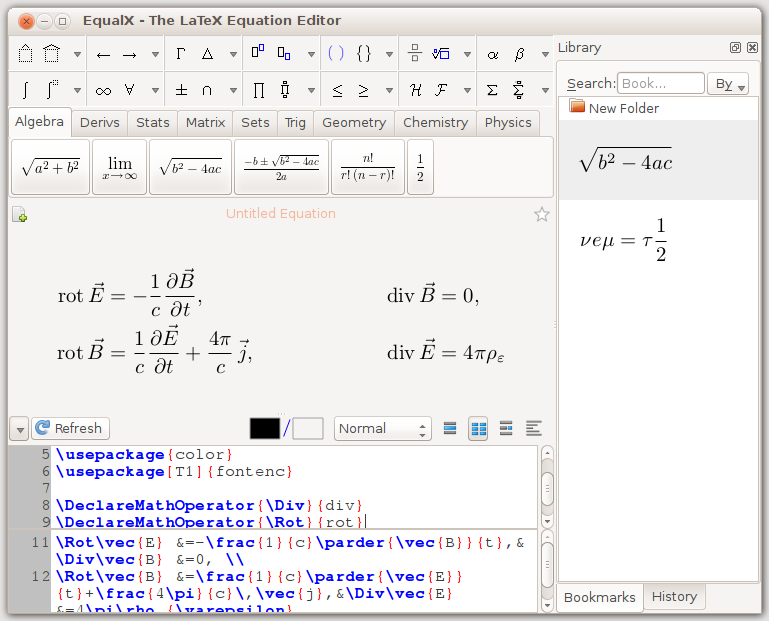

Response.headers = "inline 'Wish List reminder page'"
PDFKIT DOC.OUTPUT PDF
Here is the function that returns the PDF file: def wish_lists_pdf(user=current_user): It uses the PDF file returned directly from pdfkit and then uses a Flask Response for serving the file. Here's the sendgrid attachment config if that's helpful.
PDFKIT DOC.OUTPUT HOW TO
Can someone help me understand how to use send_file() in a way that will allow me to serve this PDF from pdfkit? Again, as a Sendgrid attachment the file works fine. This downloads a completely blank, 0kb PDF file. User = _by(id=user_id).first()Īttachment_filename="Wish List Reminder Page.pdf", In any case, here is a route that I want to serve the PDF file: methods=) I don't really understand the purpose of the encoding, so that may be some of the cause for my error. I tried it with this encoding and the b64 encoding as different tutorials have suggested. Save it in a extra variable which I would otherwise not need and then. A finish callback - which I would prefer - because than I would not have to deal with the stream myself. Pdf_content, False, configuration=config, css=css)Īctually, sendgrid needs this line instead of the bytes encoding: encoded_file = base64.b64encode(pdf_attachment).decode() Document the finish event somewhere near doc.end () to show people the easy way to wait for the finished document (so they do not have to search as long as I did :)). Path_wkhtmltopdf = app.configĬonfig = nfiguration(wkhtmltopdf=path_wkhtmltopdf) 'partials/email_lists_pdf.html', **pdf_context)

Pdf_subheading = "Please find the Wish Lists you signed up to sponsor listed below."Ĭss = os.path.join(basedir, 'static/main.css')

You can change it to false when calling the text() function: pdfDoc.text( "very long text ".I have a pdfkit PDF that is working fine as a Sendgrid attachment, created by the following function: def wish_lists_pdf(user=current_user): In other words, the lineBreak option is true by default. The pdfkit module automatically wraps lines so that they fit between the margins, or in the width provided (when writing text in columns). PdfDoc.text( "From Mon-Sat we will have a 10% discount on selected items!", 150, 150)

This would also allow you to, for example, print text over other text: const PDFDocument = require( 'pdfkit') This is useful because it allows you to fine-tune the positioning of text, especially since PDF documents have a universal look regardless of the machine/OS they are opened on. You can change where the text is printed within the current page, by adding the x and y coordinates of the location where you want the text to be placed as arguments to the text() function.įor example: pdfDoc.text( "Text positioned at (200,200)", 200, 200) Positioning Textīy default, the pdfkit module keeps track of where text should be added to the document, essentially print each call to the text() function in a new line. Let's take a look at some of the features it offers. Of course, pdfkit allows us to do much more than just add unformatted text to a document.
PDFKIT DOC.OUTPUT WINDOWS
I.e - all windows with that PDF file must be closed or the program will throw an error. Note: Before attempting to overwrite an existing PDF file, it must be free. When we run the code, a PDF file called SampleDocument.pdf is created in the root folder of our project: $ node index.js Of course, we'll want to end() the stream in the end. For instance, Markdown is designed to be easier to write and read for text documents and you could write a loop in Pug. Once created, we can add contents to it, via the text function. HTML preprocessors can make writing HTML more powerful or convenient. We're using the pipe() function to do this and save the resulting SampleDocument.pdf into our root directory. If you're not familiar with how streams work, check out our Introduction to Node.js Streams. We'll be piping that stream into a writeable stream to save the file. PdfDoc.pipe(fs.createWriteStream( 'SampleDocument.pdf')) įirst, we import the required modules, after which, we instantiate the PDFDocument. We'll pipe the contents of our PDF file into a fs's writeable stream to save it. To create a PDF document, we will need to import the fs (file system) module as well. To use the module in the project, we'll import it via require(): const PDFDocument = require( 'pdfkit')
PDFKIT DOC.OUTPUT INSTALL
Then, let's install pdfkit: $ npm install pdfkit Let's create a project directory, cd into it and initialize the Node project with default settings: $ mkdir pdfkit-project $ cd pdfkit-project $ npm init -y PDFKit is a JavaScript PDF generation library for Node.js that provides an easy way to create multi-page, printable PDF documents. In this article, we will discuss how to generate PDF files in NodeJS using the NPM package pdfkit. In dynamic web applications, you might need to export data into a document and PDF is usually a popular option. The PDF format is one of the most common document formats for transferring information.


 0 kommentar(er)
0 kommentar(er)
